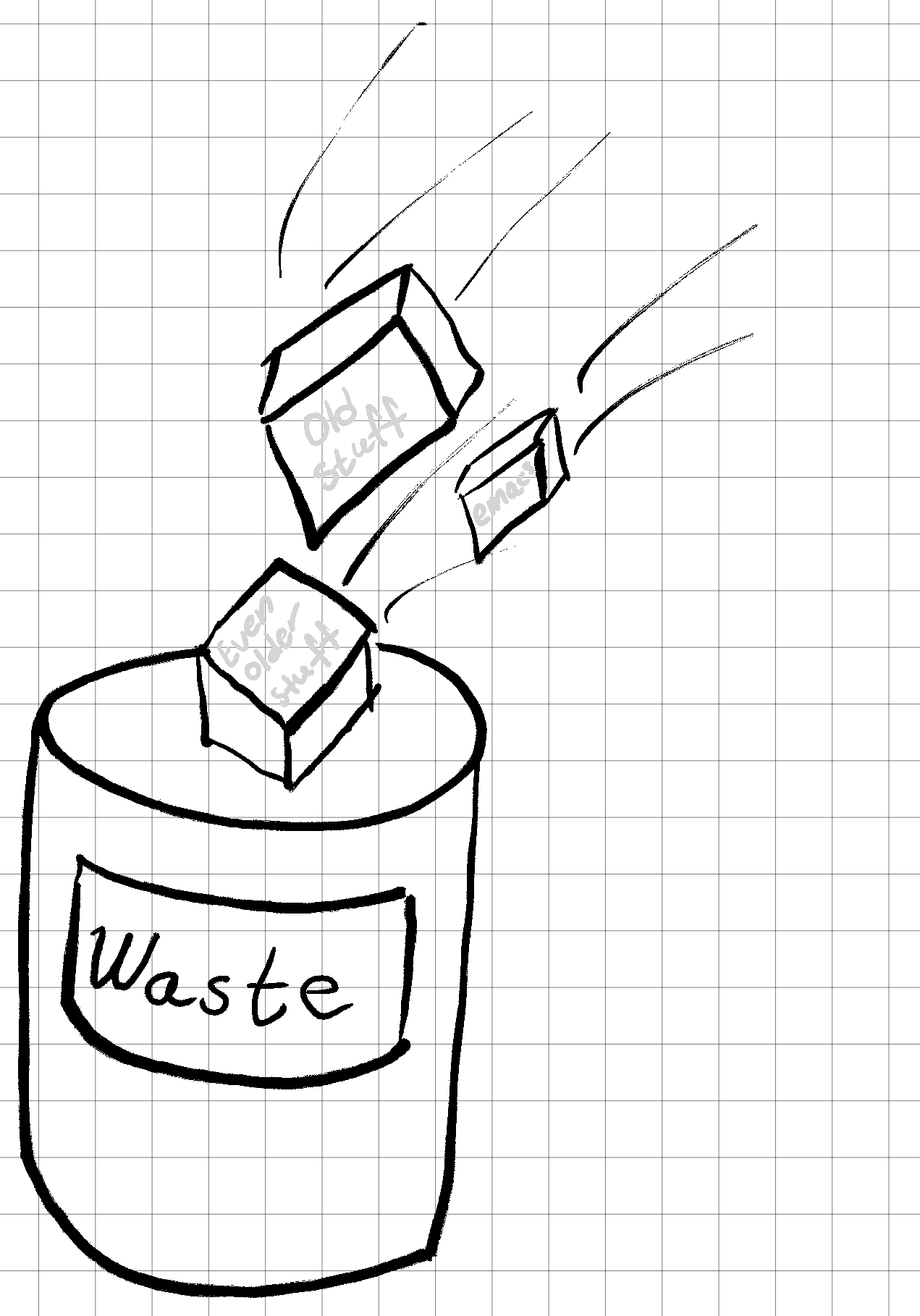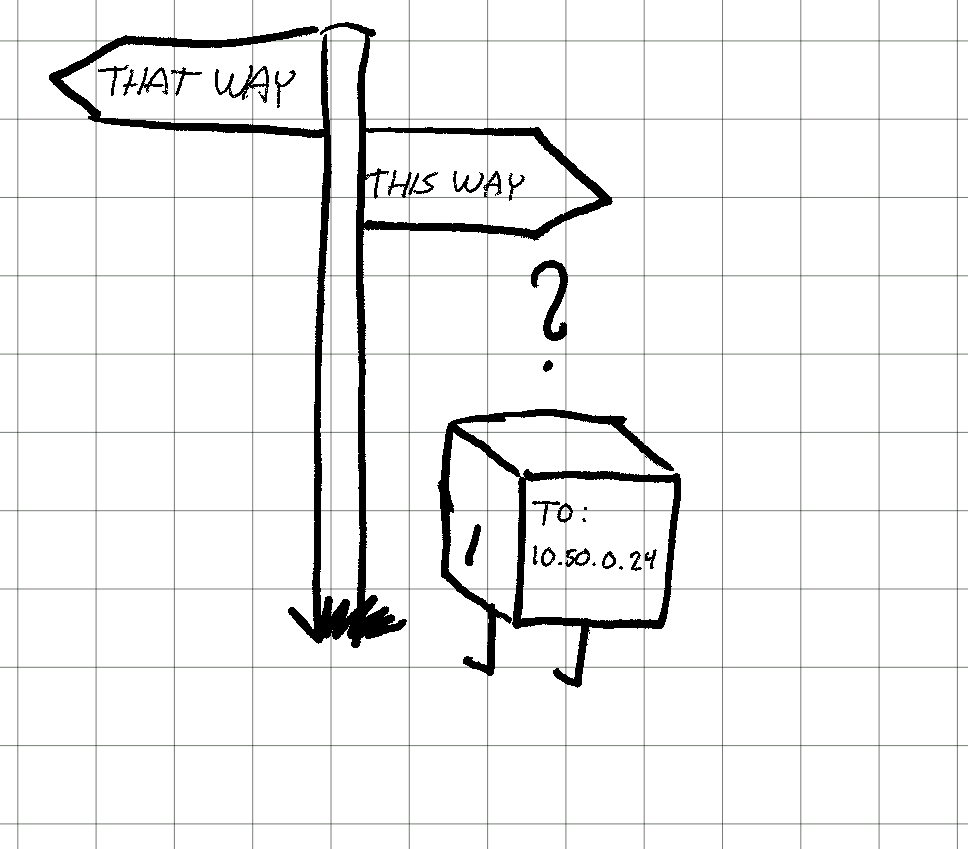TIL - NFS UDP Support TIL, Today I Learned, is more of a "I just figured this out: here are my notes, you may find them useful too" rather than a full blog post
Today I was trying to bring up an really old board (v2.6.32 kernel) that used to mount its root filesystem via NFS. Unfortunately, I have to stick to this configuration for a few reasons.
The virtual machine that came with the board did not start anymore, so I had to setup a new one.

